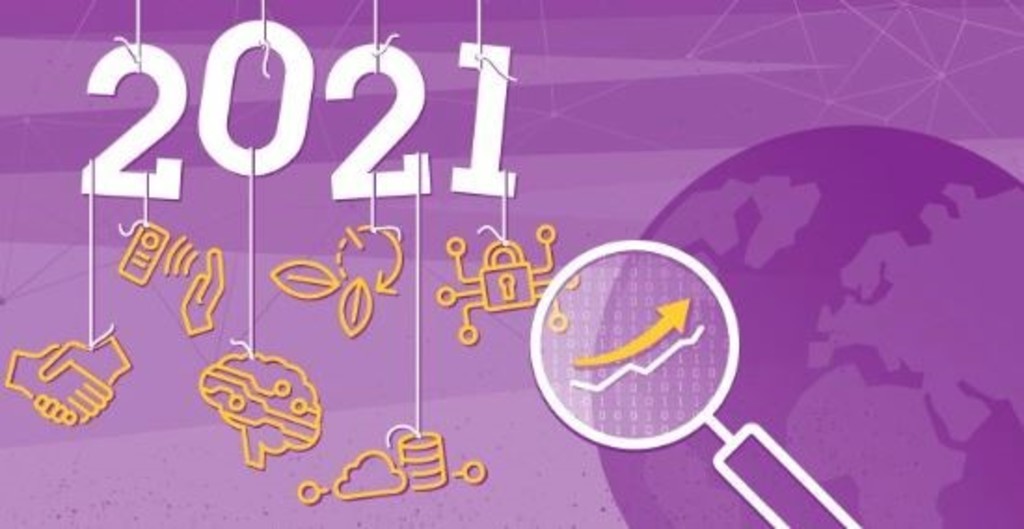
Brian Sims
Editor

Brian Sims
Editor
WHEN THE COVID-19 pandemic took hold in March last year, few industry commentators would have predicted the enormous impact it has since exerted right across the world and, indeed, every vertical sector. With that as the backdrop, Johan Paulsson examines the trends that we can now expect to see developing across the physical security sector during 2021.
In the physical security sector, we’ve seen technology implemented in increasingly innovative ways to benefit businesses. Rather than heralding the emergence of new technologies, though, the trends we see for 2021 are shaped by their use and benefits across industry in challenging times.
There are many factors which contribute to maintaining trust and, in this regard, the technology sector is under more scrutiny now than ever before. Customers and end users are demanding transparency around how technology is used and how data is managed, especially so with increased surveillance. Together with the need for maintaining privacy, this will be a key challenge.
Discussions will turn towards how organisations can actively demonstrate that they’re trustworthy. Due to its very nature, the security sector will be under even more pressure to increase its efforts in this area.
Applications and services are largely designed for specific environments, whether server-based, in the cloud or at the edge. Driven by a desire to achieve optimal performance, scalability and flexibility, along with the benefits of accessing and using data at any time and from anywhere, the coming year will see momentum towards ‘horizontal’ integration between environments, the ongoing deployment of intelligent applications across servers, the cloud and edge to employ the best capabilities of each.
‘Horizontal’ integration will increase the need for robust cyber security. Due to the potential for high financial returns and the disruption of critical infrastructure, new capabilities, tactics and threats will continue to emerge and require constant vigilance.
Artificial Intelligence (AI) will be employed by cyber criminals, strengthening their ability to find and exploit vulnerabilities. Deep fake videos will become even more sophisticated and realistic, potentially calling video surveillance evidence into doubt. As a direct result, further developments in methods designed to verify content, devices and applications in order to maintain trust in their authenticity will inevitably be required.
Positive impact
Given that machine learning and deep learning are now broadly in use within surveillance technologies, the implications of their adoption will be a factor in 2021. As in other sectors (eg autonomous vehicle crashes), the positive impact of AI can be outweighed by the attention given to specific failures. Narratives tend to focus on the errors of automation and this will, no doubt, also be the case in the physical security sector.
However, let’s be clear that this shouldn’t act as a deterrent and we must not lose sight of the positive potential of machine learning and deep learning in the surveillance realm.
Contactless/frictionless technologies, largely driven by hygiene concerns and the requirements for social distancing, will become commonplace this year. As a result, the implementation of technologies based on low or no contact, especially in areas such as access control, will increase.
In addition, surveillance solutions with people-counting capabilities will become the norm so as to ensure adherence to social distancing regulations.
This year, sustainability will regain its position as a primary area of focus. The materials used in the manufacturing of products, and their expected lifespan, remain the two key elements around which the physical security sector can drive environmental benefits.
While significant steps forward have already been taken in terms of reducing the use of plastics and PVC in products, and around increasing the use of recycled and recyclable materials, demonstrating their longevity will be a critical factor in customers’ decision-making.
Johan Paulsson is CTO at Axis Communications
*To discover more about Axis Communications’ predicted trends for 2021 visit: https://www.axis.com/blog/secure-insights/technology-trends/
